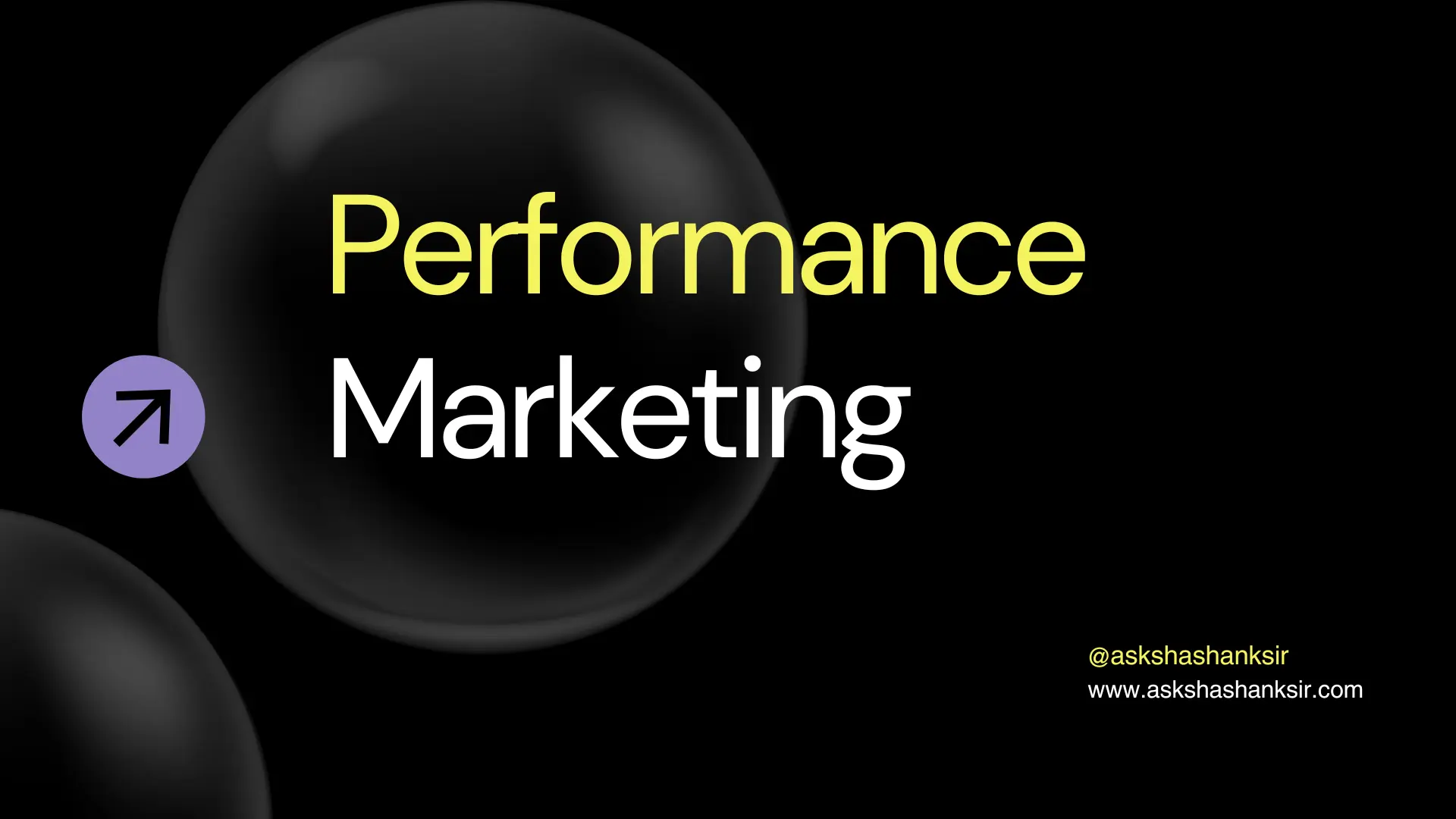Performance Marketing: 7 Proven Strategies to Boost Your Campaigns


Realm Of Performance Marketing
Welcome to the exciting world of Digital Marketing! If you’re a student eager to dive into the dynamic realm of Performance Marketing ,You Must Understand that Advertising, Organic Content Creation is essential Factor In Performance Marketing. Imagine being able to measure exactly how effective your marketing efforts are—that’s the thrill of performance marketing. Let’s explore this exciting topic together!

The Performance Marketing
Ever Wondered as a Student What Performance Marketing Basically is, and How to Become a Successful Performance Marketer. No worries we are here to guide you through the Each Step. So Let”s Directly come to the Point Performance marketing is an approach to Digital Advertising where Advertisers Pay Based on Specific actions taken by Users, such as clicks, leads, or sales. This method focuses on measurable results and allows businesses to optimize their campaigns for better performance.
What are its Components?
Let’s Find Out Now, So Readers as you know that Performance Marketing Has An Approach Of Digitally Advertisement,Through PPC, PPM, Data Analytics, Different Channels And Detailed Targeting.
Components Of Performance Marketing Are:-
- Cost-Per-Click (CPC): CPC, or Cost-Per-Click, is an online advertising payment model where advertisers pay a fee each time a user clicks on their ad. It’s commonly used in PPC (Pay-Per-Click) advertising campaigns, particularly on platforms like Google Ads and social media networks.
- Pay Per Click (PPC): It is an Paid Online Advertising Model Where Advertisers Pay An Amount Every Time their Ad Is Clicked By The Customers. It’s a Unique way to buy visits to your site rather than earning them organically. Search engines like Google and Social media platforms like Meta Ads offer PPC options, allowing businesses to target specific keywords and demographics to drive traffic effectively.
- PPM (Pay-Per-Mille): PPM, or Pay-Per-Mille, refers to the payment model where advertisers pay for every thousand impressions of their ad. This model is commonly used in display advertising and is ideal for brand awareness campaigns, as it focuses on reaching a larger audience rather than direct clicks or conversions.
- Data Analytics: Data analytics involves collecting, analyzing, and interpreting data to inform marketing strategies. In performance marketing, data analytics helps marketers understand consumer behavior, track campaign performance, and optimize strategies based on real-time insights. This analytical approach is crucial for maximizing ROI and improving overall campaign effectiveness.
- Different Channels: Different channels refer to the various platforms and mediums through which marketing messages are delivered. These can include search engines (like Google), social media (like Facebook and Instagram), email, and display advertising. Each channel has unique strengths and audience characteristics, allowing marketers to tailor their strategies for maximum impact.
- Detailed Targeting: Detailed targeting is a strategy that allows marketers to narrow down their audience based on specific criteria, such as demographics, interests, behaviors, and location. This precision ensures that ads reach the most relevant audience, improving engagement rates and increasing the likelihood of conversions. Effective detailed targeting can significantly enhance the success of performance marketing campaigns.



